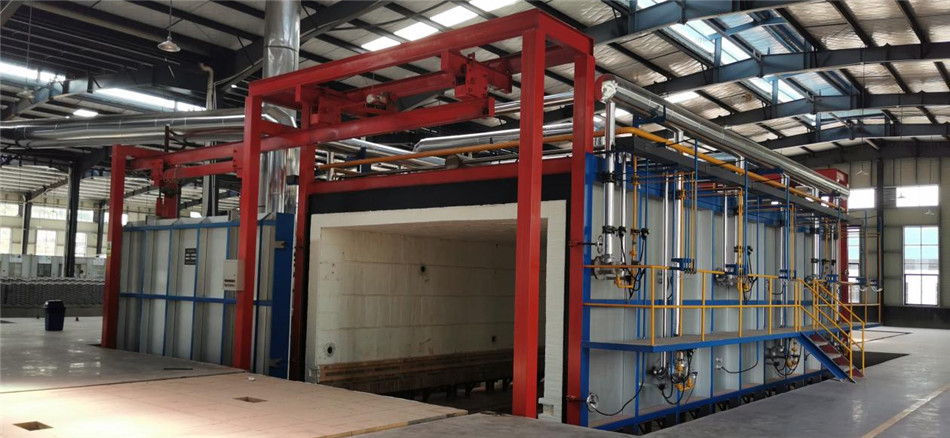
The product process of porcelain insulator involves the following major manufacturing operations:Grinding → Clay making → Pugging → Moulding → Drying → Glazing → Kilning → Testing → Final product


Mud making: grinding and purifying raw materials such as pottery stone, feldspar, clay and alumina, which can be divided into several steps: ball milling, screening and mud pressing. Ball milling is to grind the raw materials with water by using a ball mill and mix them evenly. The purpose of screening is to remove large particles, impurities and iron containing substances. Mud pressing is to use the mud press to remove the water in the mud to form a dry mud cake.

Forming: including vacuum mud refining, forming, blank trimming and drying. Vacuum mud refining is to use the vacuum mud mixer to remove the bubbles in the mud to form a solid mud section. The decrease of air content of mud can reduce its water absorption and make it more uniform inside. Forming is to press the mud blank into the shape of insulator by using the mold, and then repair the blank to ensure that the mud blank shape meets the requirements. At this time, there is more water in the mud blank, and the water in the mud blank will be reduced to about 1% by drying.
Vacuum dredger

Glazing sand: glazing is a uniform glaze layer on the surface of insulator porcelain parts. The interior of the glaze layer is denser than that of porcelain parts, which can prevent moisture absorption of porcelain parts. Glaze application includes glaze dipping, glaze spraying and other processes. Sanding is to cover the head of the porcelain part at the assembly position of the hardware with sand particles, which aims to increase the contact area and friction between the porcelain part and the adhesive, and improve the connection strength between the porcelain part and the hardware.

Firing: put the porcelain parts into the kiln for firing, and then screen them through visual inspection and internal hydrostatic test to ensure the quality of the porcelain parts.

Assembly: after firing, assemble the steel cap, steel foot and porcelain parts, and then check them one by one through mechanical tensile test, electrical test, etc. The assembly shall ensure the coaxiality of the insulator steel cap, porcelain parts and steel feet, as well as the filling degree of the glued parts. If the axial degree does not meet the requirements, the internal stress of the insulator will be uneven after operation, resulting in sliding and even string breakage. If the filling degree does not meet the requirements, an air gap will be left inside the insulator, which is prone to internal breakdown and string breakage under overvoltage.
Post time: Aug-26-2021
